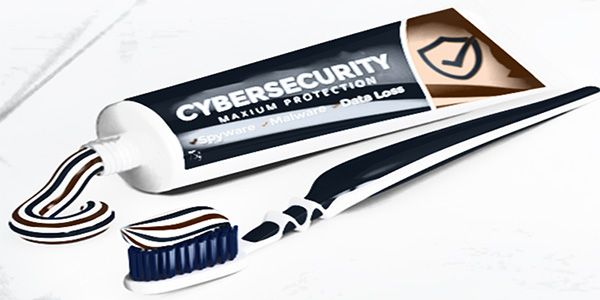Augmented Reality in Automotive, Security and Privacy Risks
Augmented reality (AR), or computer-mediated reality, is the enrichment of human sensory perception by means of information, generally manipulated and conveyed electronically, which would not be perceptible with the five senses.





















